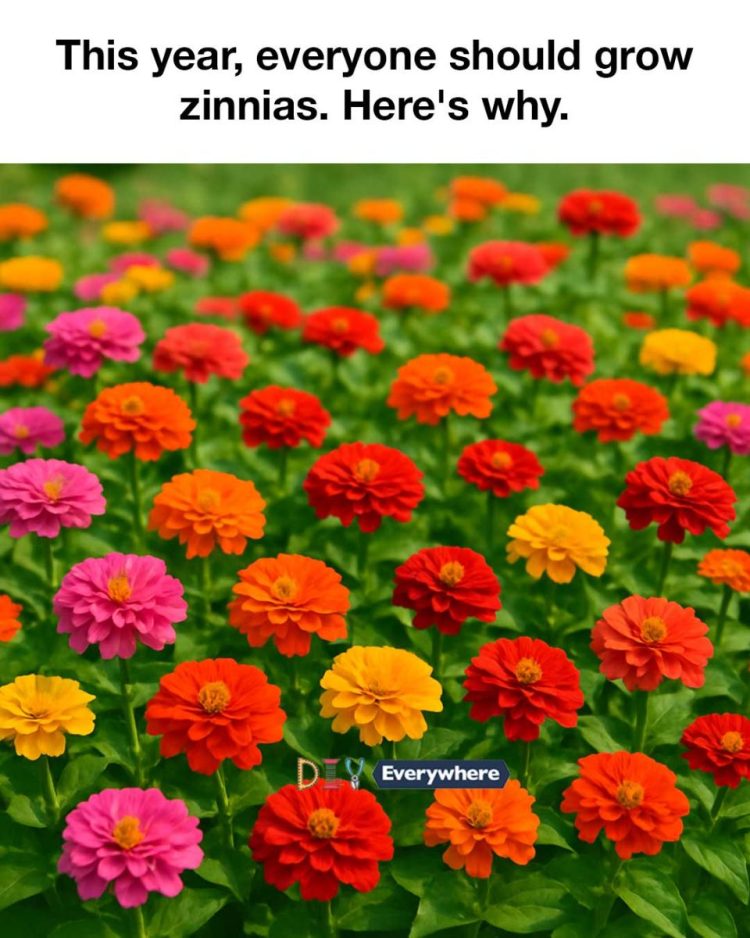Zinnias are a gardener’s delight, known for their vibrant colors and ease of cultivation. These annual flowers are not only visually stunning but also incredibly versatile, making them a perfect addition to any garden. Zinnias bloom in a wide range of colors, from bright reds and oranges to soft pinks and purples, providing a splash of color that lasts from early summer until the first frost. Beyond their aesthetic appeal, zinnias are low-maintenance plants that thrive in a variety of climates, making them accessible to both novice and experienced gardeners. Their ability to attract pollinators, such as bees and butterflies, adds an ecological benefit, supporting biodiversity in your garden.
Understanding the Different Varieties of Zinnias
Zinnias come in a multitude of varieties, each offering unique characteristics. The most common types include Zinnia elegans, known for its classic daisy-like flowers; Zinnia angustifolia, which features smaller, more delicate blooms; and Zinnia haageana, recognized for its compact size and vibrant colors. Within these species, there are numerous cultivars, such as the ‘Benary’s Giant’ series, prized for its large blooms and disease resistance, and the ‘Profusion’ series, known for its heat tolerance and continuous blooming. Understanding the different varieties allows gardeners to choose the best zinnias for their specific needs and garden conditions.
The Environmental Benefits of Growing Zinnias
Zinnias offer several environmental benefits that make them an excellent choice for eco-conscious gardeners. They are drought-tolerant once established, reducing the need for excessive watering. Their robust nature means they require minimal chemical inputs, such as fertilizers and pesticides, which helps maintain soil health and reduce pollution. Additionally, zinnias are excellent at attracting beneficial insects, such as ladybugs and lacewings, which naturally control pest populations, further reducing the need for chemical interventions.
How Zinnias Enhance Your Garden’s Aesthetic Appeal
Zinnias are renowned for their ability to transform any garden into a vibrant tapestry of color. Their bold, bright blooms create stunning visual contrasts when planted alongside greenery or other flowering plants. Zinnias can be used in various garden designs, from formal flower beds to wildflower meadows, and their long-lasting blooms make them ideal for cut flower arrangements. By strategically planting zinnias in different colors and heights, gardeners can create dynamic landscapes that change throughout the growing season.
The Role of Zinnias in Supporting Pollinators
Zinnias are a magnet for pollinators, providing essential nectar and pollen sources for bees, butterflies, and hummingbirds. Their open, accessible blooms make it easy for these creatures to feed, supporting their populations and promoting pollination in the garden. By planting zinnias, gardeners contribute to the health of local ecosystems, ensuring that pollinators have the resources they need to thrive. This, in turn, benefits other plants in the garden, as increased pollinator activity leads to better fruit and seed production.
Top 10 Tips for Growing Zinnias Successfully
see continuation on next page
